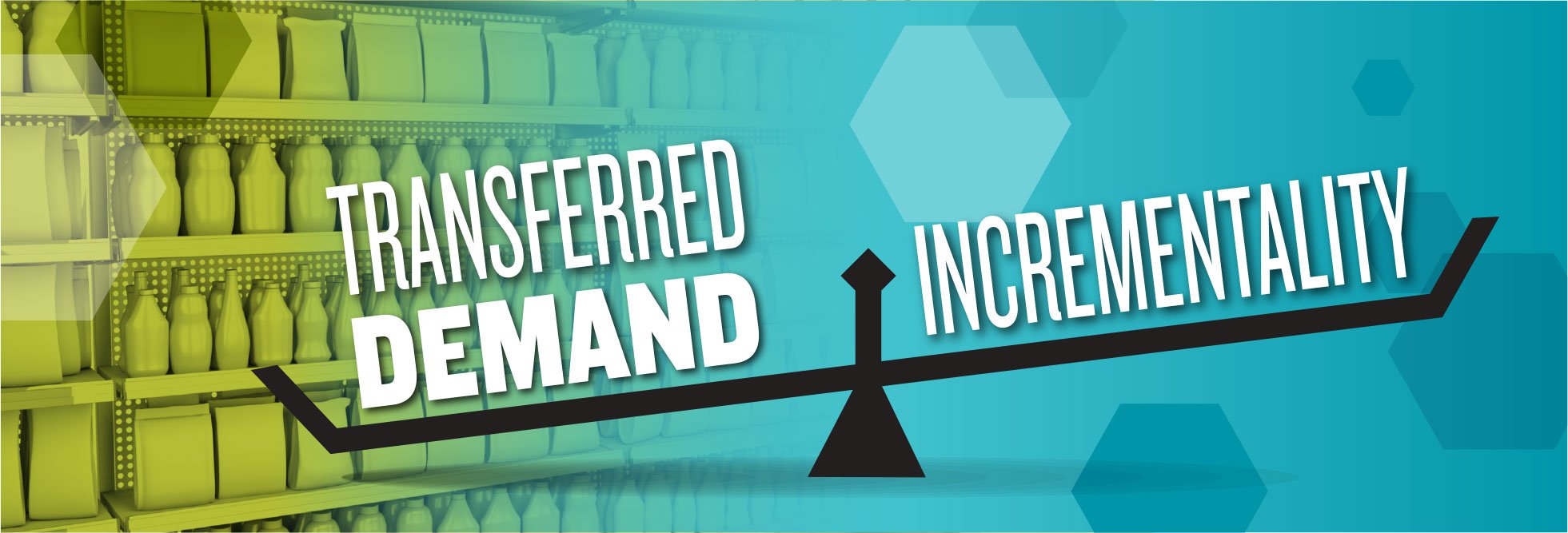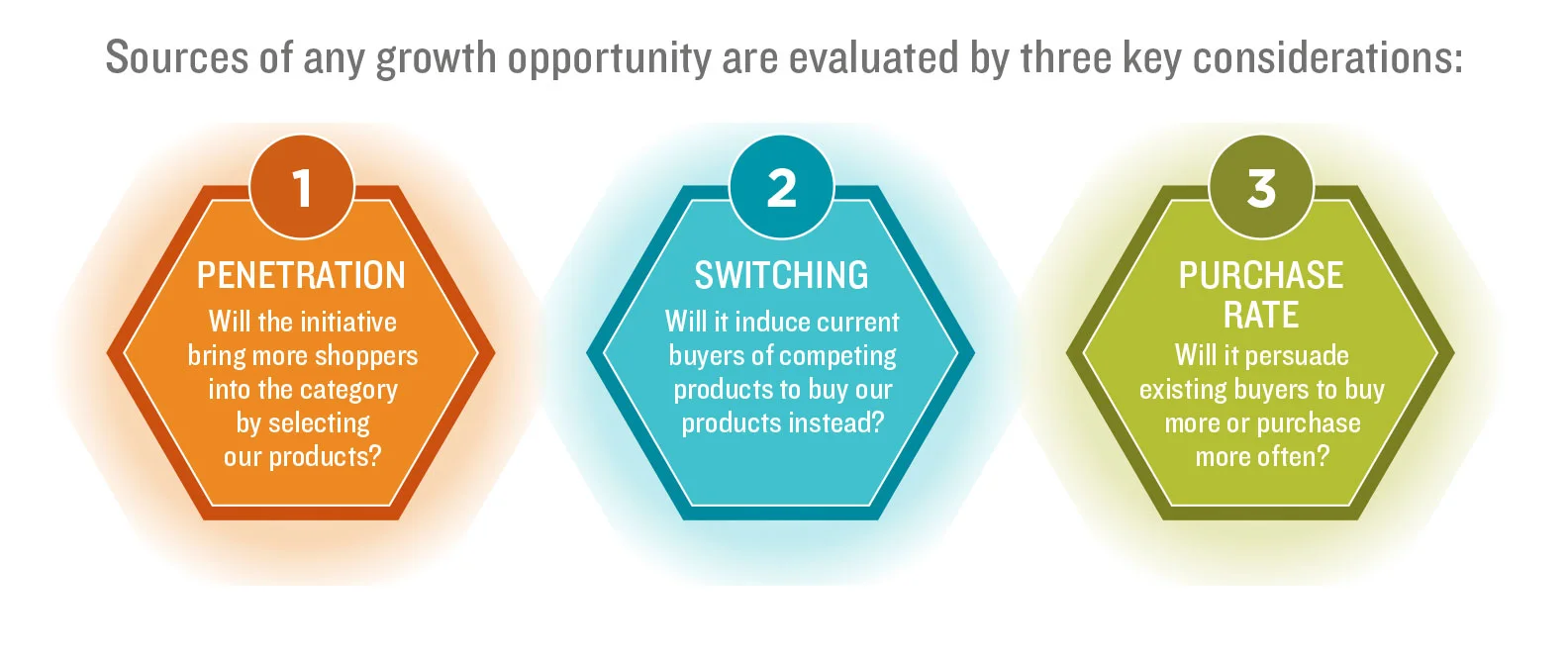HOW EVALUATING TRADE-OFFS OF POTENTIAL STRATEGIES CAN LEAD TO WINNING MARKETING SOLUTIONS
Taking our company name from a key chess term, “Middlegame” describes that critical point in a match where the player is planning both offensive and defensive strategies. Management of the marketing function in a fast-moving consumer goods (FMCG) environment is actually very similar to this gaming strategy. Here, we are competing for market share with multiple brands and SKUs (the pieces)—leveraging assortment, pricing, merchandising, and potential media strategies (the planning and implementing).
The key to success in each area is properly managing trade-offs. In chess, this involves moving specific pieces and making potential sacrifices that ensure checkmate for your competition. In marketing, this includes allocating limited resources across the brands and SKUs to support strategies that will maximize overall growth. In an earlier blog, we referenced the genius of Lee Cooper, Professor Emeritus at UCLA’s Anderson School of Management, and his development of the wide-angle view for marketing analytics. Cooper puts the importance of marketing’s competitive nature into context when defining future strategies. Understanding transferred demand versus incrementality builds on that thinking, but takes this approach a step further by letting marketers evaluate the trade-offs of potential strategies before playing out these moves.
Transferred demand is the term used to describe switching at a macro level. Incrementality describes the same macro view of the other two considerations: penetration and purchase rate.
The significance of transferred demand is the ability to define cannibalization. Despite the positioning of multiple brands in your portfolio, strategies that redefine assortment, pricing, merchandising, and even media, can create substantial overlap when shoppers make choices. Therefore, each scenario that allocates limited resources needs insight into the expected implications across your entire portfolio of brands and SKUs, as well as the competition. True win-win opportunities are brought to the forefront as we summarize potential outcomes across the entire value chain, including shopper transactions, volume, retailer sales, distribution revenue, and total company profit. Without evaluating transferred demand versus incrementality, most analytics are simply guessing at the impact in these areas.
To find out more about how our assessment of transferred demand versus incrementality helps marketers convert shopper response analytics into win-win opportunities, visit us at www.middlegame.ie. Remember, cannibalization isn’t always a negative. It depends whether you manage it or whether it manages you. You can also check out Vincent Ng’s great blog entry on when to cannibalize your existing products.
Middlegame is the only ROMI consultancy of its kind that offers a holistic view of the implications of resource allocation and investment in the marketplace. Our approach to scenario-planning differs from other marketing analytics providers by addressing the anticipated outcome for every SKU (your portfolio and your competitors) in every channel. Similar to the pieces in chess, each stakeholder can now evaluate the trade-offs of potential choices and collectively apply them to create win-win results.


